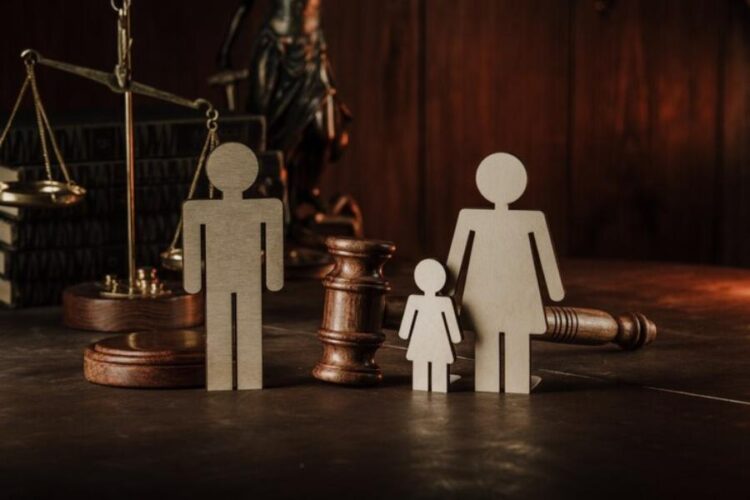What happens to the children when parents decide to part ways? This question is at the heart of every custody arrangement. Whether it’s a divorce or a separation, deciding how to care for and support children is never easy.
If you’re navigating custody or simply want to understand how it works, keep reading to explore the legal and societal sides of this important topic.
Types of Custody
There are two main types of custody: legal and physical. Legal custody means the right to make decisions about the child’s life, such as education, health care, and religion. Physical custody refers to where the child lives on a daily basis.
Custody can be sole or joint. In sole custody, one parent has full responsibility. In joint custody, both parents share duties. Courts often prefer joint custody if both parents are fit, as it allows the child to have a strong relationship with both.
How Courts Decide Custody
Courts always consider the best interest of the child. They look at factors like the child’s age, the bond with each parent, the ability of each parent to provide a stable home, and sometimes the child’s own wishes.
Judges also consider if there has been any history of abuse or neglect. If one parent has shown harmful behavior, they may be given limited or supervised visits. Stability is another key factor. Courts usually want to keep the child in a familiar environment, such as the same school or neighborhood.
Custody Laws for Unmarried Parents
When parents are not married, custody decisions can be more challenging. In many cases, the mother is given custody automatically at birth. The father may need to establish paternity legally to have custody or visitation rights.
Once paternity is confirmed, courts apply the same rules they use for married parents. They aim to create a fair arrangement based on the child’s best interests. Custody laws in for unmarried parents can vary by state, so it’s important to know the rules where you live.
Societal Shifts in Custody Roles
Over time, society’s view of parenting roles has changed. In the past, mothers were often favored in custody cases. Today, there is more support for fathers’ rights and shared parenting.
Many parents now work full-time jobs, regardless of gender. This shift has made joint custody more common. Some families also create custom plans that work best for them, even if they don’t follow traditional schedules. Courts and communities are slowly adjusting to these modern family structures.
The Impact on Children
Children often do best when both parents stay involved in their lives. Consistency and routine are important. When children know what to expect and feel secure, they adjust better to custody arrangements.
Parents can help by working together peacefully. Open communication and respect can reduce stress and help children feel loved by both parents. Using tools like shared calendars and parenting apps can also make co-parenting easier.
Learn More About Custody Arrangements
Custody arrangements are a mix of legal decisions and family dynamics. Understanding the law, respecting each other, and focusing on the child’s needs can help parents build a strong co-parenting relationship.
As society evolves, so do our ideas about what makes a healthy family. By staying informed and flexible, parents can create a stable and supportive life for their children.
Looking for more tips and ideas? We’ve got you covered. Check out some of our other posts now.










